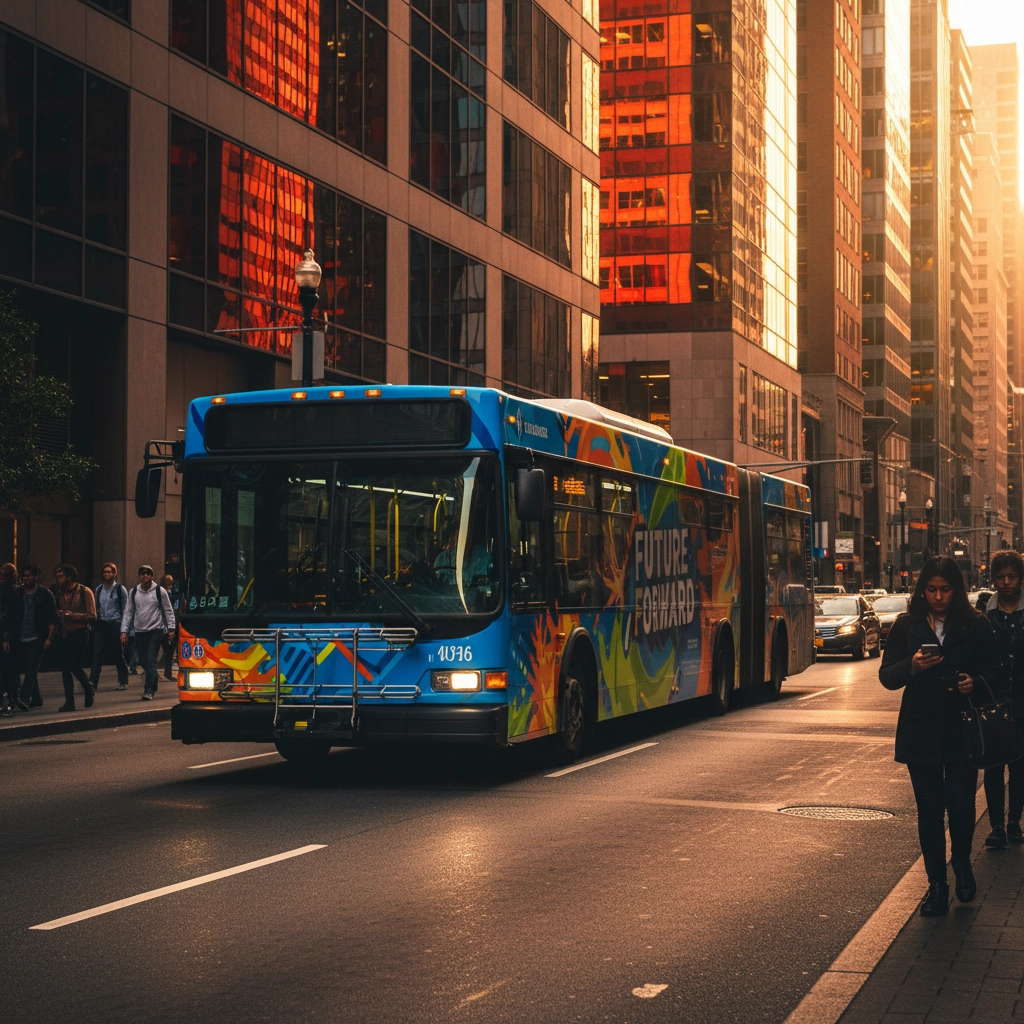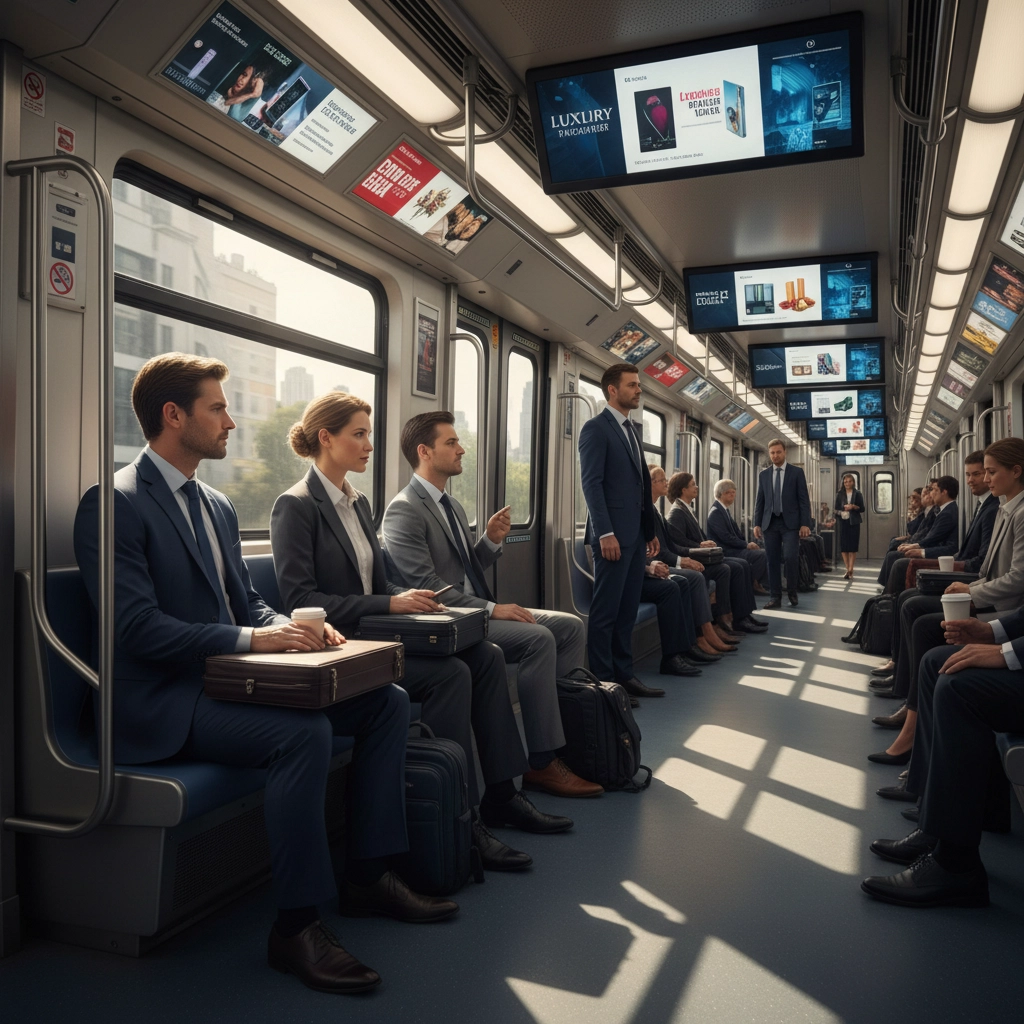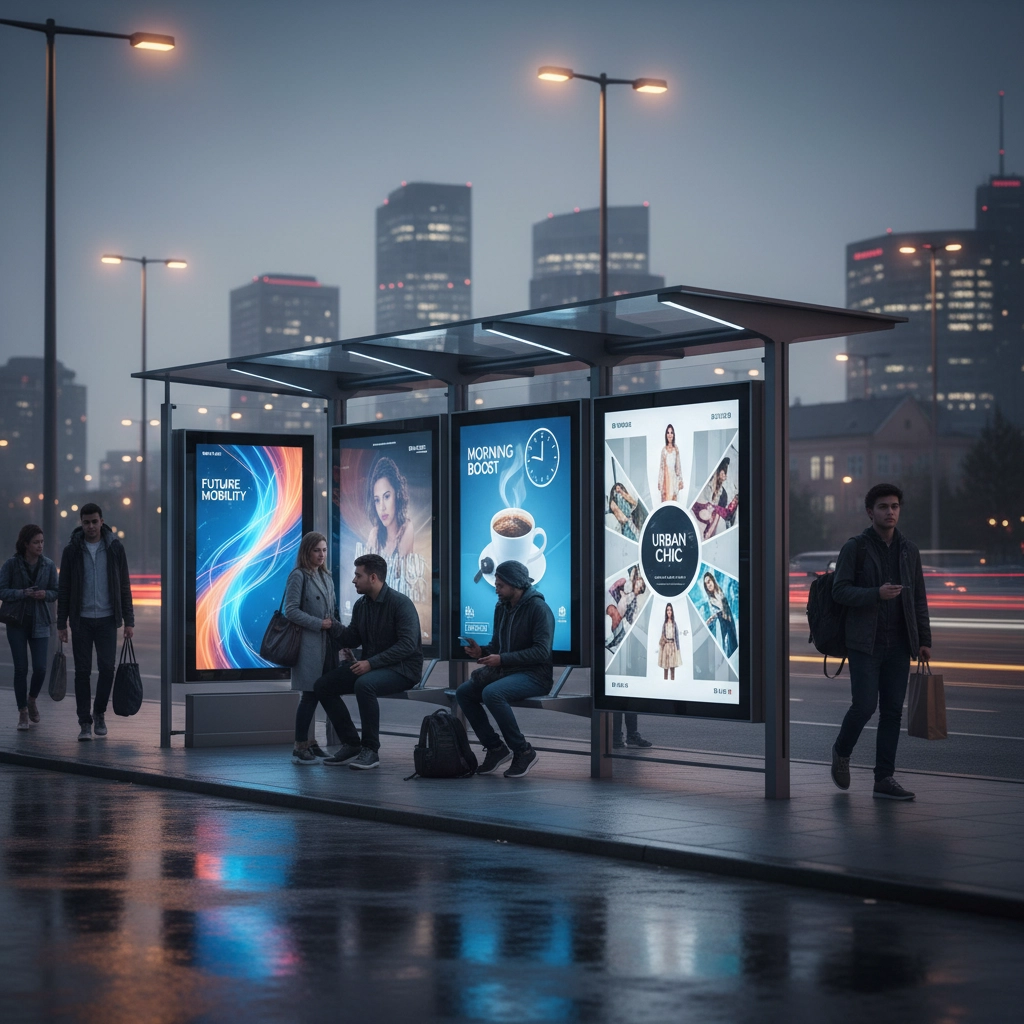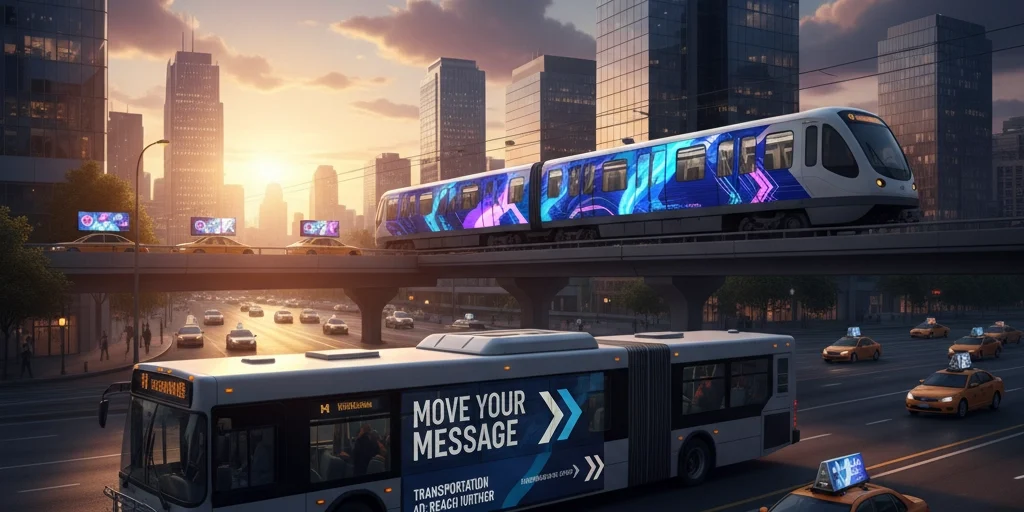Transportation advertising represents one of the most dynamic and underutilized forms of out-of-home marketing available to businesses today. This advertising medium transforms buses, trains, trams, and transit stations into mobile billboards that carry marketing messages directly to consumers during their daily routines. As urban populations continue to grow and public transit usage expands, the opportunity for brands to connect with diverse audiences through transportation advertising has never been more compelling.
The fundamental appeal of transportation advertising lies in its ability to reach consumers during moments when they have time to absorb messaging. Unlike digital advertisements that flash briefly on screens or billboards that drivers pass in seconds, transportation advertising provides sustained exposure opportunities that traditional static advertising cannot match.
Unmatched Audience Exposure and Reach
Transportation advertising delivers exceptional exposure opportunities through its unique positioning within consumers' daily routines. The average ride on mass transport lasts 45 minutes, providing substantial exposure time to a captive audience with limited distractions. This extended exposure period allows passengers to absorb advertising messages multiple times during a single journey, significantly increasing message retention and brand recall compared to fleeting digital advertisements.
The scale of potential reach makes transportation advertising particularly powerful for brands seeking widespread visibility. Approximately 9 million people ride mass transport weekly, with over 9.4 billion rides taken annually across major transit systems. In the United Kingdom alone, around 30 million people encounter advertising on buses every week, demonstrating the massive exposure potential this medium offers to advertisers willing to leverage public transportation networks.

These statistics reveal the substantial audience base that transportation advertising can access, particularly when compared to traditional media channels that may struggle to achieve consistent daily reach across diverse demographic segments. The captive nature of transit audiences means advertising messages receive more focused attention than advertisements competing for attention in cluttered digital environments.
High Frequency and Repeated Impressions
One of transportation advertising's greatest strategic advantages lies in its ability to generate high frequency exposure through routine commuting patterns. Daily commuting routines are typically consistent, meaning passengers encounter the same advertisements repeatedly over extended periods. A regular commuter using the same bus route could potentially see an advertisement 20 to 40 times within a single month, creating powerful brand recognition through repetitive exposure.
This frequency advantage extends beyond vehicle interiors to station and shelter advertisements, where commuters wait for their transportation. These stationary formats ensure additional touchpoints throughout the customer journey, creating multiple opportunities for message reinforcement at different stages of the transit experience. The combination of mobile and stationary advertising placements maximizes exposure frequency while reaching consumers during various phases of their travel routine.
Research in advertising psychology consistently demonstrates that repeated exposure to brand messages increases both recall and purchase intention. Transportation advertising naturally creates this repetitive exposure pattern through the predictable nature of daily commuting, making it an exceptionally effective medium for building brand awareness and consumer familiarity.
Cost-Effective Marketing Solution
Transportation advertising offers exceptional value compared to many traditional advertising channels, particularly when measured against reach and exposure duration. It tends to be one of the least expensive media options in terms of both absolute and relative costs, making it accessible for businesses of various sizes seeking to maximize their advertising budget efficiency.
The medium's ability to deliver sustained exposure over extended periods means advertisers achieve better return on investment compared to many other advertising formats that offer only brief exposure windows. A single bus advertisement can generate thousands of impressions daily while remaining visible for weeks or months, contrasting sharply with digital advertisements that require continuous investment to maintain visibility.

This cost-effectiveness becomes particularly apparent when considering the demographic diversity of transit audiences. Transportation advertising simultaneously reaches multiple age groups, income levels, and ethnic backgrounds without requiring separate campaigns or media buys for each demographic segment. The inherent diversity of public transit ridership provides advertisers with comprehensive audience coverage at a fraction of the cost required to reach similar diversity through multiple targeted media channels.
Precise Geographic and Community Targeting
Transportation advertising excels at geographic selectivity, offering advertisers unprecedented control over where their messages appear. By selecting specific routes or neighborhoods, businesses can target very precise demographic segments based on ethnic backgrounds, income levels, and lifestyle characteristics. This localized approach allows advertisers to tailor messages that resonate with specific community interests and cultural preferences.
Local businesses particularly benefit from this geographic precision, as they can focus advertising spend on routes that directly serve their target markets. A restaurant in a specific neighborhood can advertise exclusively on bus routes that serve that area, ensuring every advertising dollar reaches potential customers within a reasonable distance of their location.
Advertisers can leverage different languages and culturally relevant content depending on the neighborhoods their chosen routes serve, ensuring messages are accessible and meaningful to diverse populations. This community-focused targeting helps build stronger connections between brands and the communities they serve, creating more authentic and relevant advertising experiences.
Modern Formats and Digital Integration
Contemporary transportation advertising offers multiple format options that extend far beyond traditional static posters. Complete bus wraps transform entire vehicles into moving billboards, while interior cards reach captive audiences during their commutes. Digital screens at bus shelters and transit terminals provide enhanced flexibility, allowing advertisers to adjust content based on time of day, weather conditions, traffic updates, and transit schedules.
This adaptability enables more targeted and relevant messaging that can respond to real-time conditions. An advertisement for umbrellas can automatically display during rainy weather, while restaurant promotions can appear during lunch hours. Such dynamic content capabilities make transportation advertising more responsive and relevant to immediate consumer needs.

Interactive elements, such as QR codes and near-field communication technology, allow commuters to engage directly with advertisements, creating opportunities for immediate consumer action and deeper brand engagement. These technologies bridge the gap between passive advertising exposure and active consumer participation, enabling measurable responses that can be tracked and analyzed for campaign optimization.
Extended Reach Beyond Transit Users
Transportation advertising's impact extends far beyond actual transit riders through its mobile visibility throughout urban environments. Exterior advertisements on buses, trains, and taxis capture attention from pedestrians, cyclists, and drivers throughout busy streets and neighborhoods. This expanded reach means even non-transit users become part of the advertising audience, multiplying the effective reach of each campaign.
Transit hubs and stations, typically located in high-traffic areas like shopping districts and business centers, further amplify the reach of these advertisements by exposing them to diverse foot traffic beyond regular commuters. Business professionals walking to offices, shoppers visiting retail centers, and tourists exploring urban areas all encounter transportation advertising messages, creating comprehensive exposure throughout urban environments.
The visibility of transportation advertising from vehicles on roadways means that even during traffic congestion, when traditional radio or mobile advertising might be ignored, transportation advertisements remain clearly visible to drivers and passengers in personal vehicles. This multi-modal exposure creates advertising opportunities that reach across different transportation preferences and usage patterns.
Future Opportunities and Implementation Strategies
As urban populations continue growing and environmental concerns drive increased public transit adoption, transportation advertising opportunities will expand significantly. Smart city initiatives increasingly integrate digital advertising infrastructure with transit systems, creating new possibilities for targeted, responsive advertising campaigns.
Businesses considering transportation advertising should evaluate their target demographics against transit ridership patterns in their markets. Companies serving diverse, urban populations often find transportation advertising particularly effective, while businesses targeting specific geographic areas benefit from the precise route-based targeting capabilities.
The integration of mobile technology with transportation advertising creates unprecedented opportunities for measuring campaign effectiveness and optimizing message delivery. Advertisers can now track engagement rates, measure foot traffic to locations, and adjust campaigns based on real-time performance data.
Transportation advertising's unique combination of sustained exposure, high frequency, cost-effectiveness, and broad reach makes it an invaluable tool for moving marketing messages further into target markets than many traditional advertising methods can achieve. As transit systems modernize and expand, the potential for innovative transportation advertising campaigns will continue growing, offering businesses increasingly sophisticated ways to connect with consumers during their daily routines.







